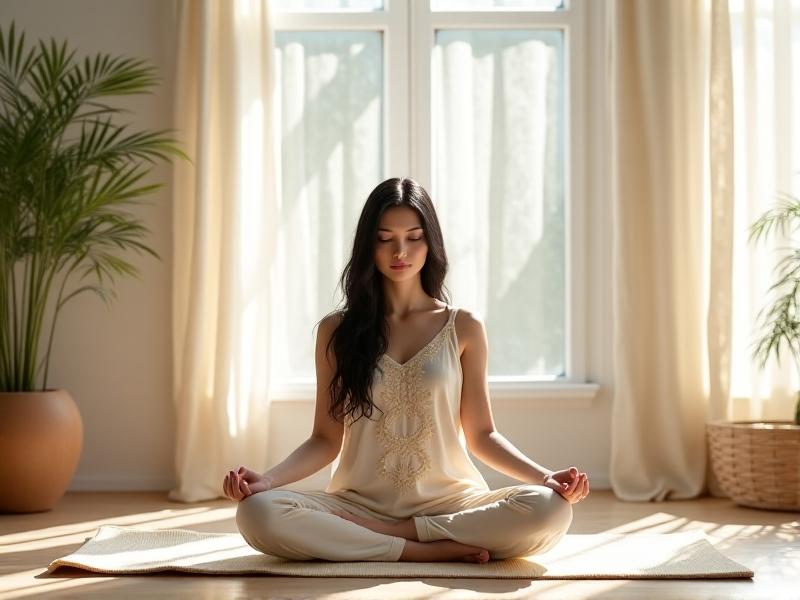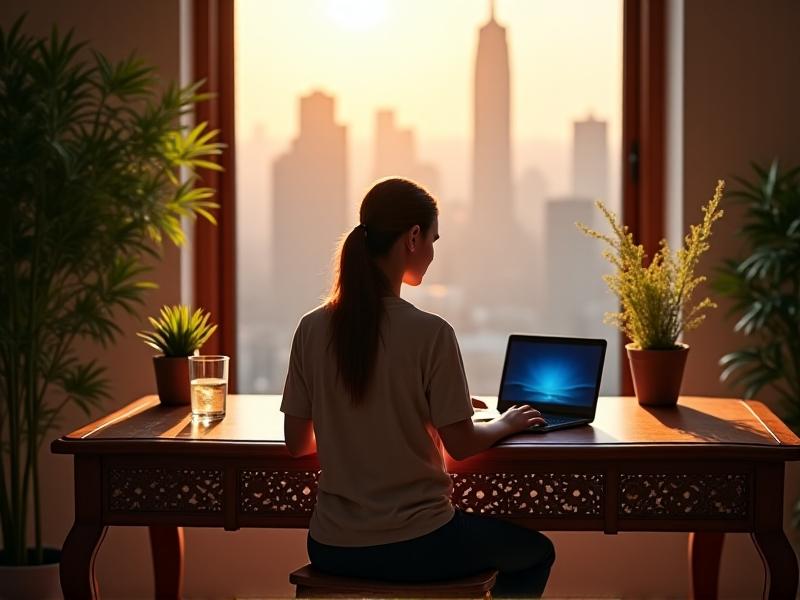```html
The Mind-Body Connection: How Mindfulness Influences Posture

Posture is more than a physical habit—it’s a reflection of how we engage with the present moment. Mindfulness, the practice of nonjudgmental awareness, trains us to notice subtle shifts in our bodies and minds. When applied to posture, this awareness helps break cycles of slouching or tensing by anchoring attention to sensations like spinal alignment or muscle tension. Research shows that mindful breathing alone can reduce shallow chest breathing, which often accompanies poor posture, encouraging diaphragmatic breathing that naturally supports an upright torso. By observing posture without criticism, we create space to make intentional adjustments rather than reacting to discomfort with stiffness or collapse.
Foundations of Present-Moment Posture Awareness

Begin by cultivating a “posture checkpoint” habit. Set gentle reminders to pause and scan your body from head to toe: Are your ears stacked over your shoulders? Is your pelvis tilted forward or back? Mindfulness teaches us to approach these observations with curiosity, not frustration. Simple practices like the “mountain pose” visualization—imagining your spine as a steady, rooted mountain—can reinforce natural alignment. Pair this with grounding techniques, such as feeling the weight of your sit bones in a chair or the floor beneath your feet. Over time, these micro-moments of awareness strengthen proprioception, your body’s internal GPS for balanced posture.
Mindful Movement: Aligning Breath and Body in Real Time

Static posture checks are just the start. Integrate mindfulness into motion by syncing breath with movement. For example, inhale as you roll your shoulders back, exhale to release neck tension. Practices like tai chi or slow yoga flows emphasize this breath-body dialogue, training muscles to support posture dynamically. Even during walks, notice how your stride rhythm interacts with your breathing pattern. This real-time awareness prevents the mechanical "holding" of "good posture" that often leads to fatigue, replacing it with fluid, breath-supported alignment.
Everyday Mindfulness: Posture Cues in Daily Activities

Transform routine actions into posture rituals. When reaching for a high shelf, notice if you’re compressing your ribs or overextending your neck. While scrolling on your phone, observe if your head drifts forward—a common stress response. Mindfulness turns these moments into opportunities to reset. Try "habit stacking": after sending an email, take three mindful breaths while adjusting your chair height. These micro-practices weave posture awareness into life’s fabric, making sustained alignment feel effortless rather than forced.
Overcoming Common Posture Pitfalls with Awareness
Even with mindfulness, old habits resurface. When you catch yourself slumping, avoid self-judgment—it tightens muscles further. Instead, name what you feel: “Tension in my right hip,” or “Shallow breathing.” This labels the experience without becoming it. For tech-related posture issues, practice the “20-20-20” rule: every 20 minutes, look 20 feet away for 20 seconds while resetting your sitting posture. Mindfulness helps reframe posture not as a rigid standard but as a compassionate dialogue with your body’s needs.
Sustaining Change: Building a Lifelong Practice
Long-term posture mindfulness thrives on flexibility, not perfection. Celebrate small wins, like noticing tension before it becomes pain. Pair posture check-ins with gratitude—acknowledging your body’s resilience. Over months, this practice reshapes neural pathways, making upright posture feel more natural than collapse. Remember, mindfulness isn’t about eliminating slouching; it’s about recognizing it sooner and responding with kindness—a skill that ripples into every area of life.





